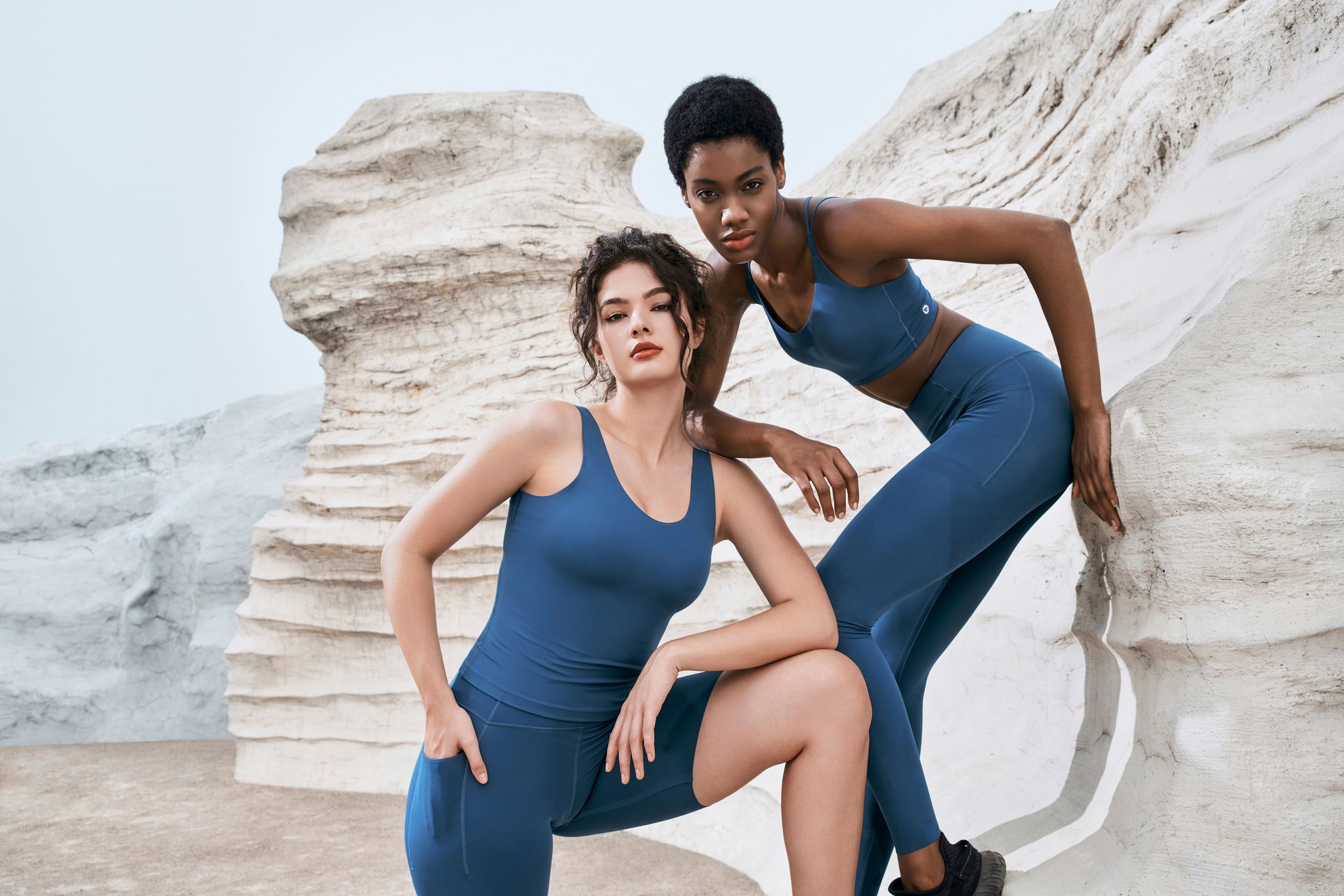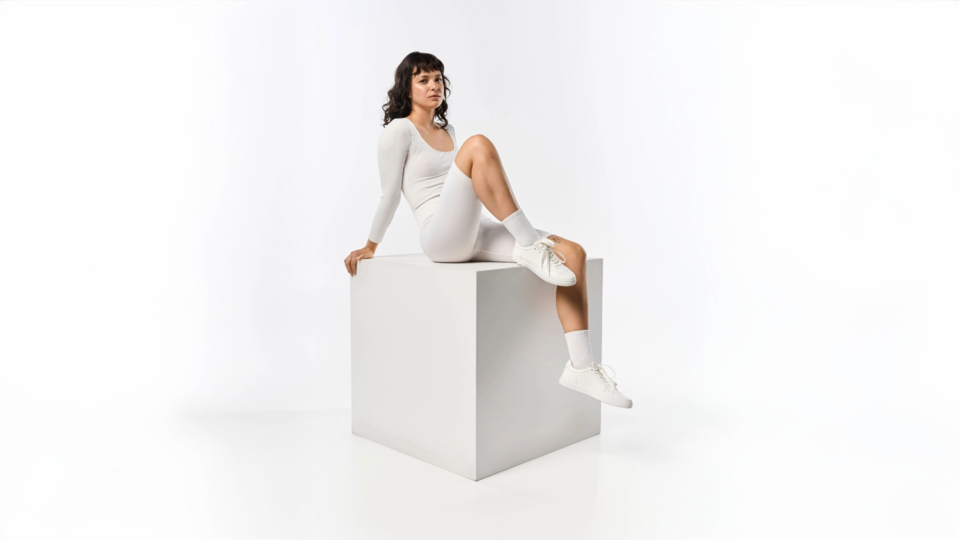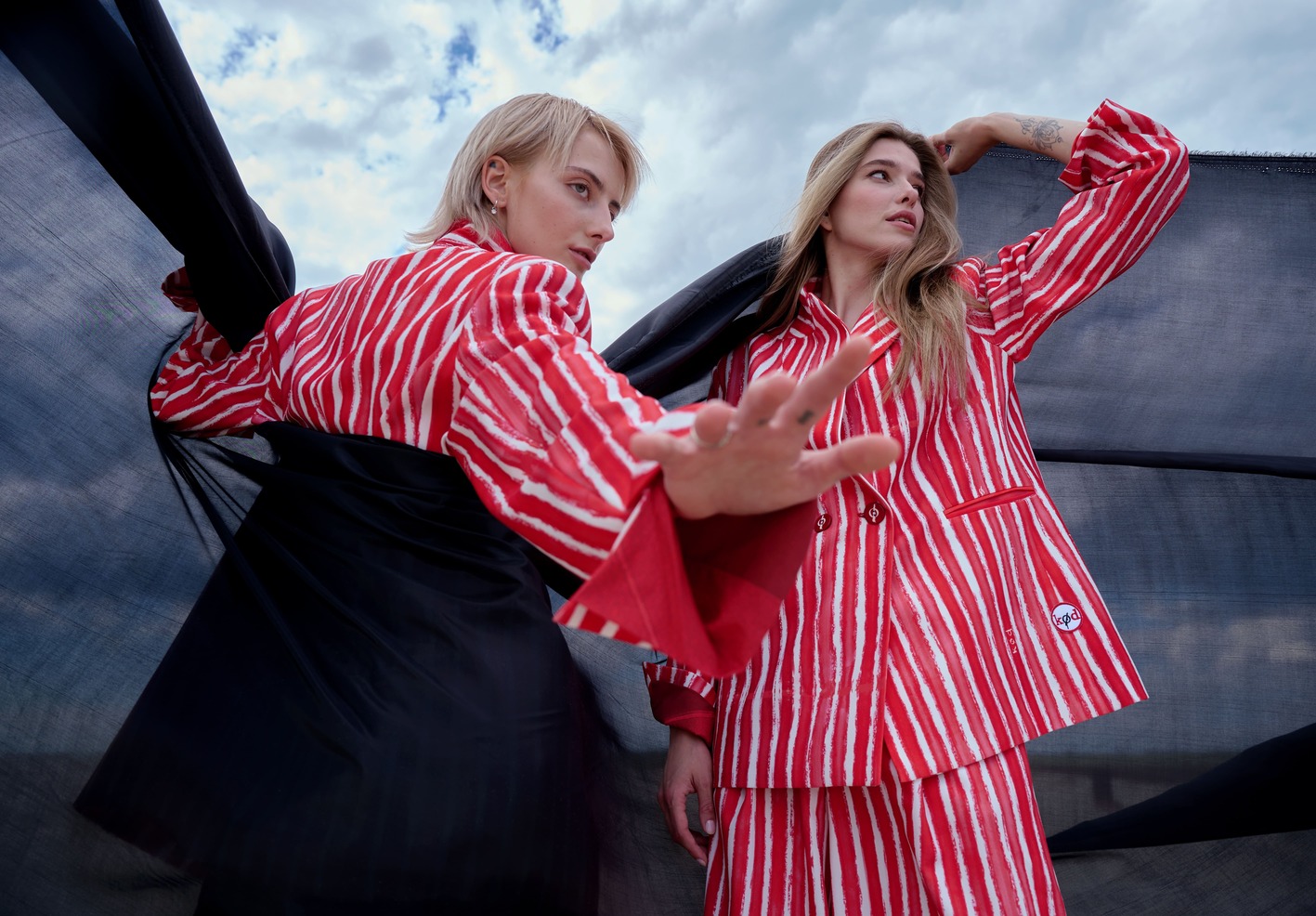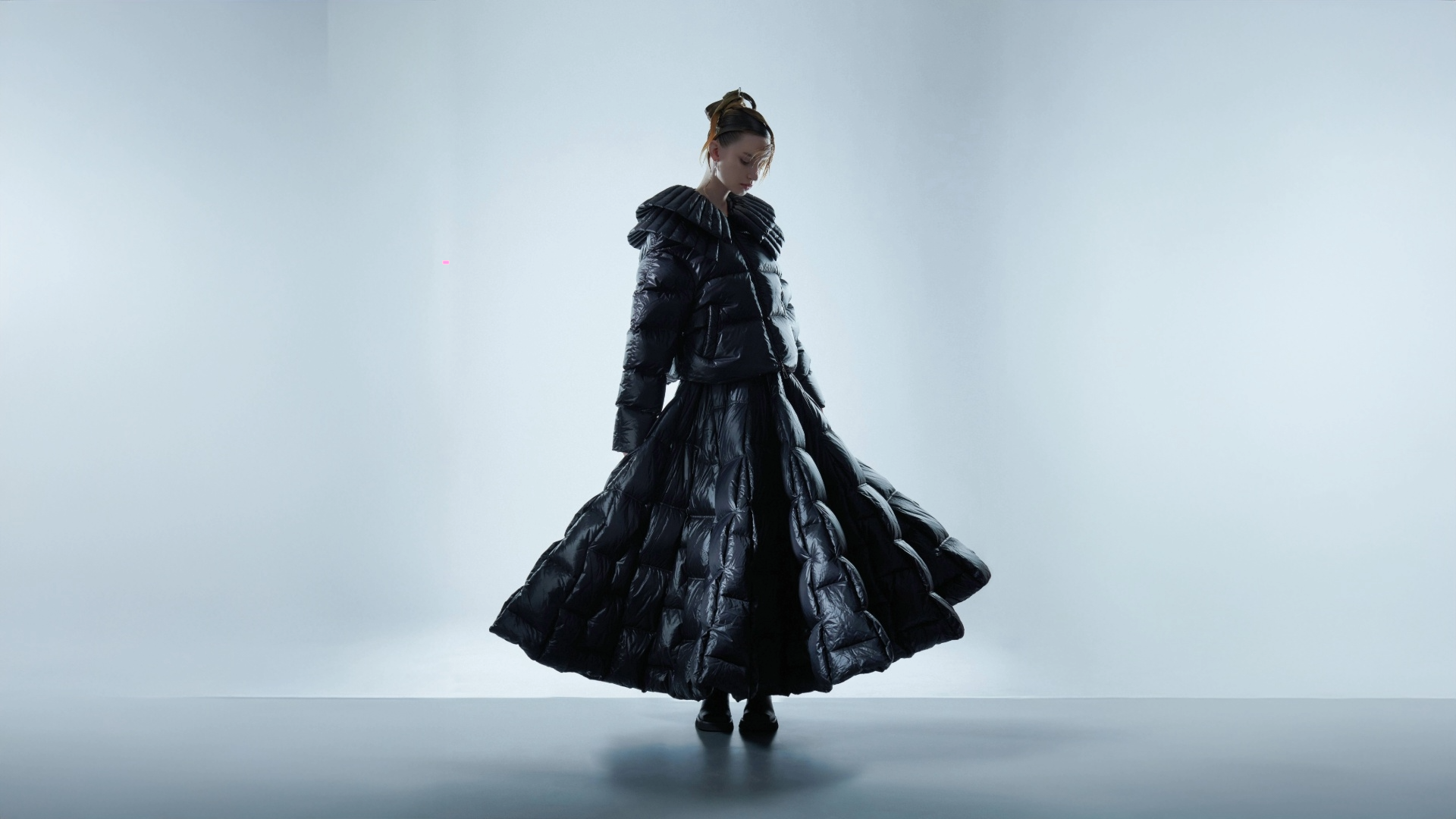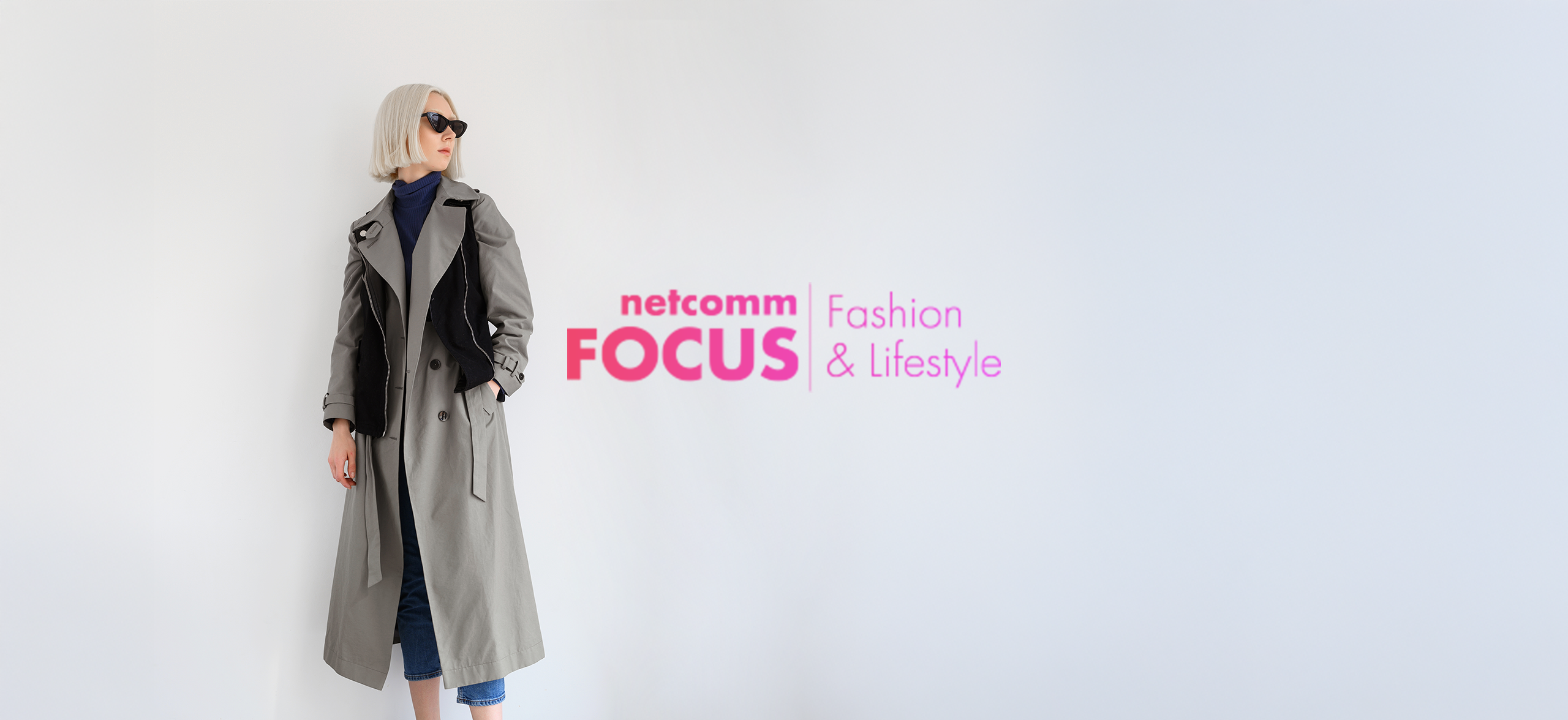Settembre 2023
7 Ways Tech Shapes Fashion Ecommerce and How to Prepare
Ester Bazzanella

There is always something new around the corner within the fashion industry. And as the world plunges into the digital age, technology plays a critical role in the latest fashion industry trends. Designers, manufacturers, and retailers alike can enjoy the benefits of the different innovations out there. As part of fashion ecommerce, you must learn to adapt to the latest changes in the industry.
The fashion industry is slowly incorporating technology into its margins. You can see it in the materials and fabrics used for clothing, the tools and software used to manufacture them, and the platforms where they can be sold. You can also use technology to improve customer experience.
To help you better prepare for what lies ahead, here are some ways technology is shaping the future of fashion ecommerce.
1. Virtual and augmented reality
Fashion is gradually migrating into the realm of ecommerce. This leaves you the question of how to provide an equally immersive shopping experience for your consumers without the physical stores. After all, there are several limitations when it comes to online shopping. For one, your customers cannot try on outfits to check if it looks good on them.
Fortunately, immersive technology is on the rise within the fashion industry. In fact, 40% of experts around the world believe that the use of virtual (VR) and augmented reality (AR) will become mainstream in the coming years especially in ecommerce.
Through VR and AR technology, you can simulate the experience of walking down the aisle of physical stores for your customers. You can also create virtual fitting rooms where they can “try on” different outfits using their mobile devices. This way, they can go through the full shopping experience via their smart devices.
If you are looking for such a tool, you can check out Sizebay. This gives you a virtual fitting room to your online shoppers for your retail business. Additionally, you can extend this brick-and-mortar customers where you can offer an app so they don’t have to use a physical fitting room, which is highly advisable during these times.
2. Wearable technology and IoT
The trend of wearable tech and Internet-of-Thing (IoT) within the fashion industry is rising. For those unfamiliar with the terms, IoT refers to any devices with sensors, software, or connection to the internet. Wearable techs like smartwatches and fitness trackers are popular examples of IoT.
The fashion industry is quick to catch up on these latest innovations. Many are starting to experiment on smart clothing, responsive sportswear, and other wearable gadgets. Designers are pushing the limits on how technology can interact with the human body.
By integrating IoT into fashionwear, you can improve your customers’ experience with the product. For example, you can create a pair of running shoes with built-in sensors that vibrate to correct the users’ posture during jogs/runs.
3. Personalization
Online shoppers are often bombarded with a lot of content while browsing through your ecommerce platform. This can come in the form of ads, product recommendations, and bestseller list. Sometimes, they can hinder them from purchasing products especially if the items shown are not what they are looking for or interested in.
Thus, personalizing customer experience is one of the latest fashion retail trends in ecommerce. It allows you to filter and organize the content shown to your customers according to their preferences and demands. This way, they can immediately find the clothing or accessory they want to buy. To do this, you need a tool that can gather and analyze data based on consumer behaviors and habits.
With personalization, you can increase customer engagement and purchases. In fact, a recent report by SmarterHQ claims that 72% of consumers only engage with personalized marketing messages while shopping online.
4. High-tech fabrics
Nowadays, there are many high-tech fabrics and materials which manufacturers and designers can use for their clothing and accessories. You might have heard or used the terms lightweight breathable, quick-drying, and moisture wicking when advertising your clothing. All of which serve specific functions or benefits compared to the traditional fabrics.
Thanks to technology, designers are starting to push the boundaries of how clothing is made. They can combine different fibers and materials to create different types of fabrics in more ethical and sustainable ways.
Other brands have also been focusing on producing functionality-focused fabrics. This comes in the form of uniforms with heating systems, athleticwear that can reduce muscle strain and fatigue, or clothing to reduce body odor.
5. 3D printing
3D printing paves the way to countless possibilities when it comes to manufacturing and designing products. It helps reduce time, energy, and cost consumed during production. Thus, many fashion brands are getting their hands on one.
For one, you can use 3D printing to create simple fabrics for labels and tags. Other daring brands even use it to create full outfits that wowed the runways and dominated fashion ecommerce trends. You can even use it to customize and personalize looks for your customers on-demand.
Manufacturers also use 3D printing to help develop clothing—especially with footwear. It allows them to produce prototypes in real-time while also saving up on materials, costs, and time for its production. This way, they can tweak and alter the designs more efficiently than before.
6. Artificial intelligence
In the past years, ecommerce brands have been using artificial intelligence to streamline operations and improve customers’ shopping experience. With AI-powered technology, you can have more sophisticated automations, data analysis, and reports. So if you want to select the right ecommerce software for your brand, you should consider getting one with AI.
Take this for example. AI can act as virtual assistants to your customers. It can offer them accessories and clothing based on their previous searches and purchases. It can also guide them in navigating the platform itself and settle issues with customers if any arises.
You can also use AI to monitor other aspects of your operations such as inventory management, warehouse management, and supply chain management. For example, AI can detect when stocks are running low and will automatically restock them for you when necessary.
7. Sustainability
More and more consumers are becoming eco-conscious. And according to recent fashion retail industry analysis, the demand for environmentally friendly fashion will continue to rise in the coming years. Thanks to technology, the industry now has alternative methods to produce materials, clothing, and fabric in more sustainable ways.
For one, many big brands such as H&M and Levi’s have begun utilizing recycled fabrics for their designs. They do this by reusing materials from last season’s collections or other discarded clothing. Others are experimenting with biodegradable materials to make their clothing eco-friendlier.
Aside from materials, consumers expect fashion brands to be more transparent with how their products are made. They will want to know how these materials are harvested and whether the production process itself is ethical.
Fashion industry in the digital age
Technology has significantly changed consumers’ behavior and habits. The fashion industry is no exception to its impact. New demands such as high-tech fabric, wearable tech, and sustainable clothing are on the rise. There are needs for ecommerce platforms to be more immersive and personalized for better customer shopping experience.
So get on with the times and explore what technology has to offer for your ecommerce fashion business. Get ahead of your competitors by adopting these latest trends in your brand. This way, you can remain relevant and competitive in the market.

